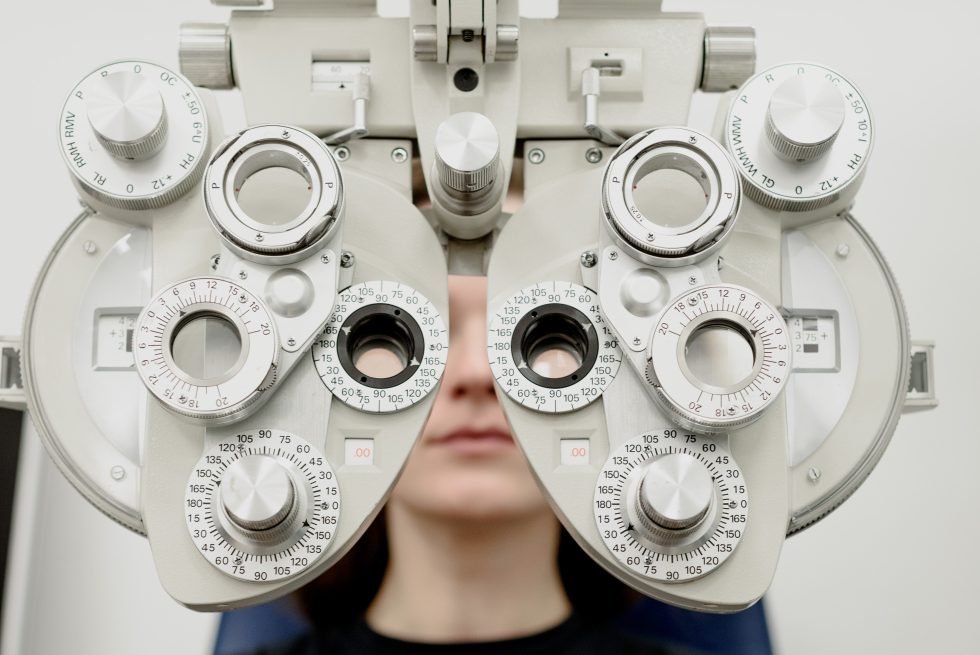Other Medical Careers
 There are other important and rewarding careers in healthcare aside from Physician, Nurse, Dentist, Pharmacist, Physical Therapist, or Veterinarian. Below is a brief description of the most popular careers. A great place to see other possibilities is ExploreHealthCareers.Org.
There are other important and rewarding careers in healthcare aside from Physician, Nurse, Dentist, Pharmacist, Physical Therapist, or Veterinarian. Below is a brief description of the most popular careers. A great place to see other possibilities is ExploreHealthCareers.Org.
Contact Asbury’s Health Professions Advisor, Dr. Bruce Branan, for more information.
▾ Doctor of Optometry (O.D.)
Doctors of Optometry (ODs), commonly known as Optometrists, are the independent primary health care professionals for the eye. Optometrists are often the health care providers who
• examine, diagnose, treat and manage diseases, injuries and disorders of the visual system, the eye and associated structures;
• counsel patients regarding surgical and non-surgical options to meet their visual needs;
• identify related systemic conditions affecting the eye, like diabetes or high blood pressure;
• prescribe medications;
• perform certain surgical procedures;
• provide vision therapy and low vision rehabilitation;
• and assist patients with eyeglasses and contact lenses.
Becoming an Optometrist takes 4 years, and the admission requirements are similar to those for becoming a Physician (M.D. / D.O.). Applicants take the OAT (Optometry Admissions Test) instead of the MCAT. There are 23 Schools of Optometry in the United States.
▾ Doctor of Podiatric Medicine (D.P.M.)
Podiatric Medicine is a branch of the medical sciences devoted to the prevention, diagnosis and treatment of foot disorders resulting from injury or disease. A Doctor of Podiatric Medicine is to the foot what a Dentist is to the mouth or an Ophthalmologist to the eye, a specialist who has undergone lengthy, thorough study to become qualified to treat a specific part of the body.
A Doctor of Podiatric Medicine (D.P.M.) makes independent judgments and performs or orders all necessary diagnostic tests. They perform surgery, administer medications and prescribe physical therapy regimens. Podiatric Physicians are educated in state-of-the-art techniques involving surgery, orthopedics, dermatology, physical medicine and rehabilitation.
The undergraduate preparation for Podiatry School is similar to anyone preparing for medicine (M.D. or D.O.). The MCAT is usually required. There are 9 Schools of Podiatry in the U.S.
▾ Doctor of Chiropractic (D.C.)
Chiropractic Medicine focuses on the relationship between the body’s main structures – the skeleton, the muscles and the nerves—and the patient’s health. Chiropractors believe that health can be improved and preserved by making adjustments to these structures, particularly to the spinal column. They do not prescribe drugs or perform surgical procedures, although they do refer patients for these services if they are medically indicated. There are 18 nationally accredited Chiropractic Doctoral Graduate Education programs.
General Timeline
▾ Years 1 – 3
Take specific prerequisite courses for medical school, including specific courses needed which may be unique to the type of medical program to which you are interested.
▾ Year 3 (summer following)
Apply to the specific central application service (“CAS”) for the type of program to which you are interested; take MCAT / OAT / GRE if required.
▾ Year 4
Complete major requirements, all Foundations requirements and electives needed to complete degree; interview; receive acceptance(s) to the medical program.
Contact Dr. Bruce Branan, Asbury’s Advisor for the Health Professions, for more information and help in preparing for a career in one of these areas.